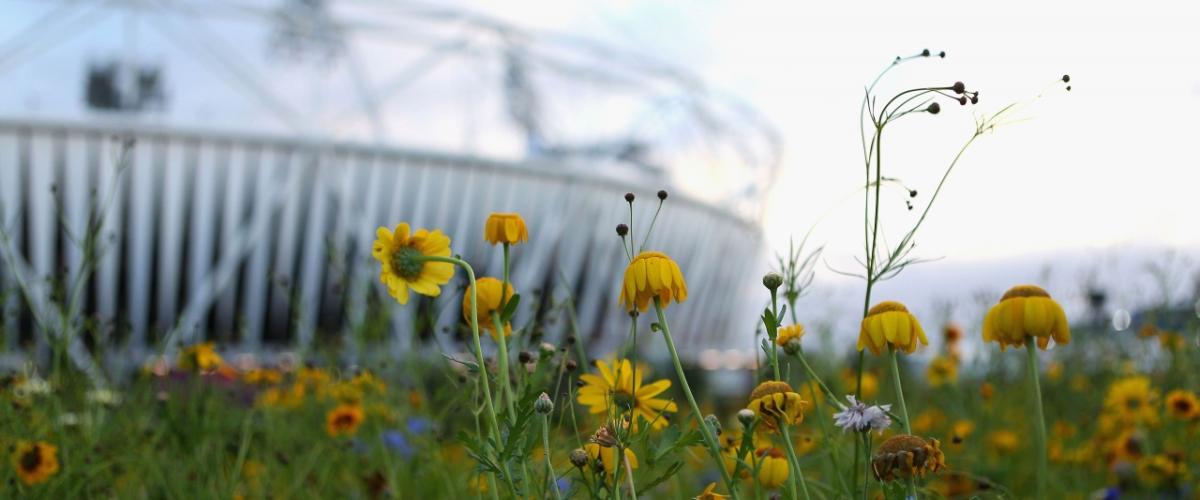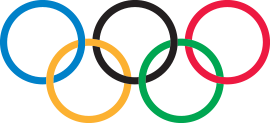IOC-Supported Guide Outlines How Sustainable Venues Can Help Conserve Nature

International Olympic Committee news
Developed as part of a partnership between the IOC and IUCN, the guide, Sport and Biodiversity: Guidelines for mitigating biodiversity impacts of new sports venues, was released at the United Nations Environment Assembly taking place in Nairobi, Kenya. It offers the global sports sector detailed guidance on how to integrate biodiversity considerations into the development of sports venues, and identifies ways in which such developments can enhance nature conservation.
“A healthy environment is essential for the long-term viability of the sporting industry, as well as for the athletes and communities who invest in it,” said IUCN Director General Inger Andersen, the incoming Executive Director of UN Environment. “It is in everyone’s interest to ensure new sports facilities minimise their impacts on biodiversity and safeguard healthy outdoor areas for future generations.”
"This guide is the first of its kind to provide detailed advice on how to consider nature in all stages of the development of sports venue." - Christophe de Kepper, IOC Director General
“We are proud to have partnered with IUCN to help the sports sector contribute to the conservation of the natural world, on which it so strongly depends,” said IOC Director General Christophe De Kepper. “This guide is the first of its kind to provide detailed advice on how to consider nature in all stages of the development of sports venues. It will help all those involved in venue development understand the potential impacts they can have on nature, and ensure that sporting events leave a lasting, positive legacy for local people and the environment.”
According to the guide, sports organisations, public authorities and financial institutions, as well as those involved in the construction and decommissioning of sports venues, all have a role to play in protecting and conserving nature. Measures that they can take include avoiding impacts on World Heritage sites and protected areas, such as national parks and nature reserves; restoring degraded sites; using sustainable design elements; and supporting local efforts to conserve biodiversity.
For example, during the planning phase for the Sydney 2000 Olympic Park, a colony of the threatened green and golden bell frog was discovered within the proposed site of the Olympic tennis venue. The venue was therefore moved elsewhere within the Olympic Park, where there were no ecological constraints. By the start of the Games, more than AUD 1 million had been spent to protect the frog, including the construction of a suitable habitat for the species.
The development of London Olympic Park for the Olympic and Paralympic Games 2012 was designed to support the regeneration of a key part of east London, while improving the ecological integrity of the lower stretches of the Lea Valley. As part of the biodiversity action plan of the project, innovative solutions were developed to create natural habitats for bird and bat species on bridges within the Park.
In Portugal, the development of the West Cliffs Golf Course near Lisbon allowed a dormant native seed bank stored in the topsoil to thrive, establishing a mosaic of over 15 hectares of coastal low-scrub plant communities, and providing habitat for diverse, native species.
"The IOC is strongly committed to ensuring that the Olympic Movement embeds sustainability principles across its operations, and becomes a driving force for sustainable development."Marie Sallois
IOC Director for Sustainability
“The IOC is strongly committed to ensuring that the Olympic Movement embeds sustainability principles across its operations, and becomes a driving force for sustainable development,” said Marie Sallois, IOC Director for Sustainability. “By partnering with global sustainability leaders, such as IUCN, we aim to provide the sports community with access to the best available knowledge to achieve this.”
The guide is the second in a series published under the collaborative partnership between IUCN and the IOC, which was initiated in 2016. As part of this partnership, IUCN also provided input into the Candidature Process for the Olympic Games 2024/2028 and 2026, as well as other areas related to the IOC’s Sustainability Strategy.
The guide can be access online here.

